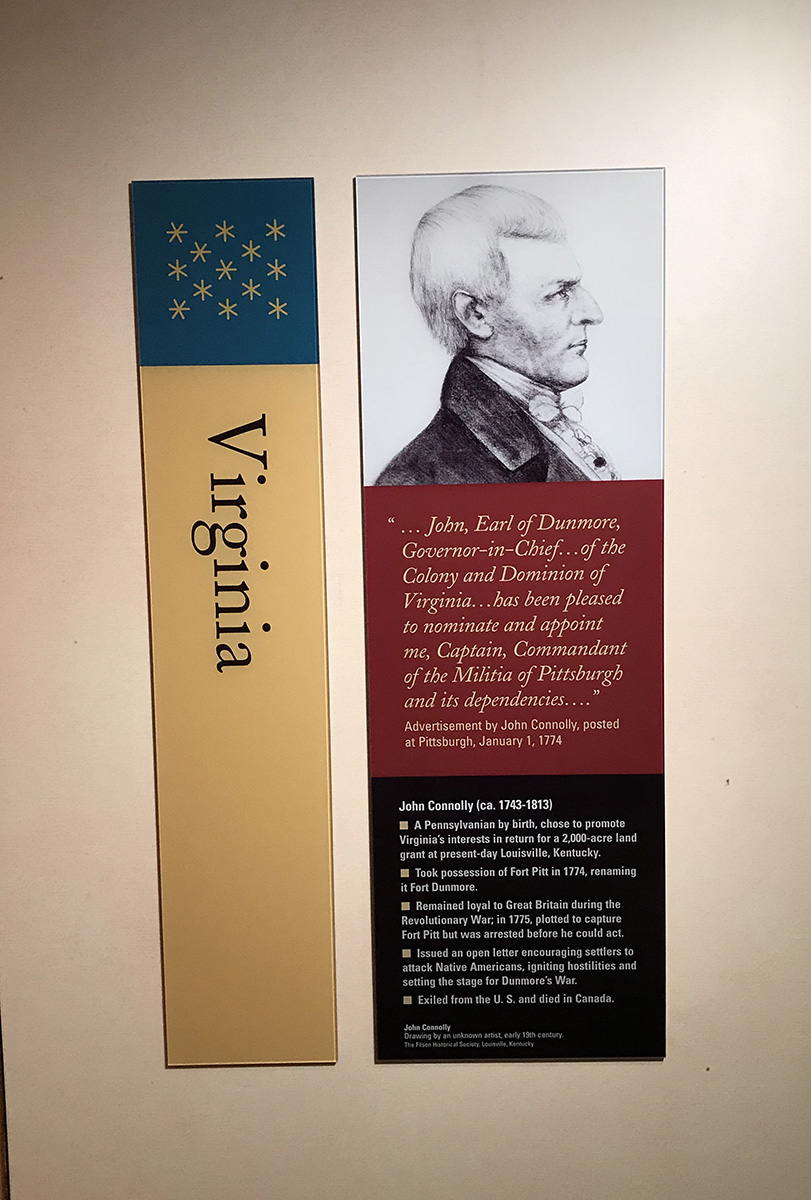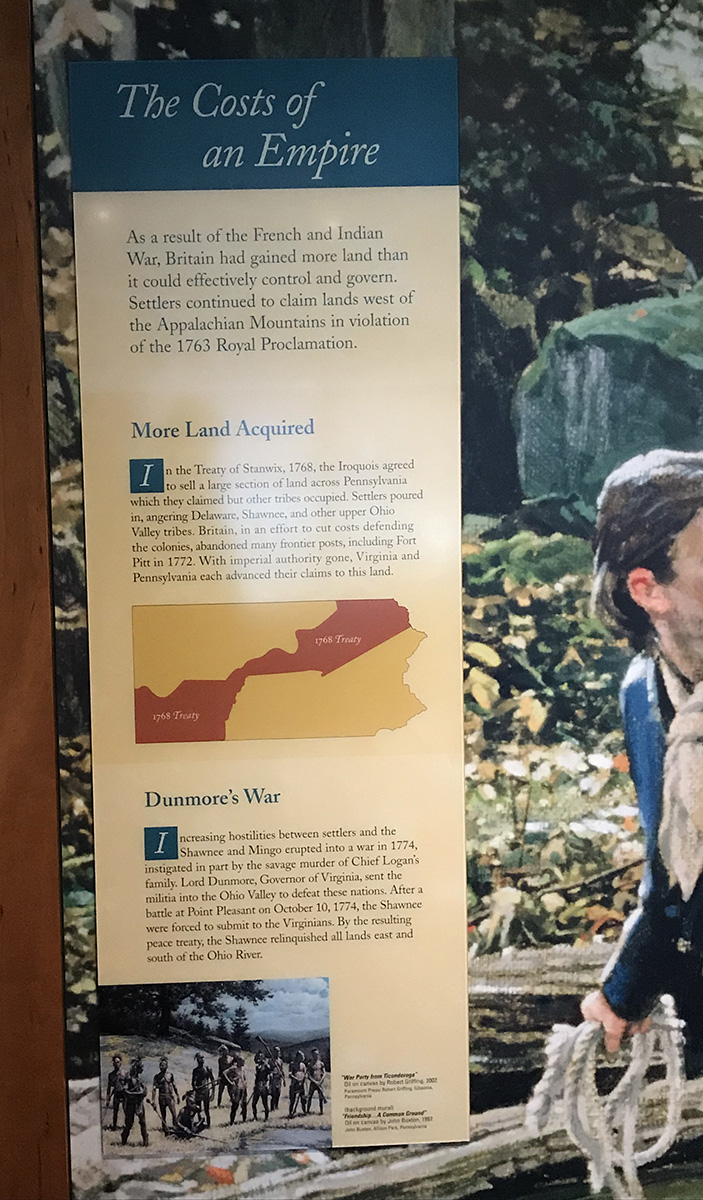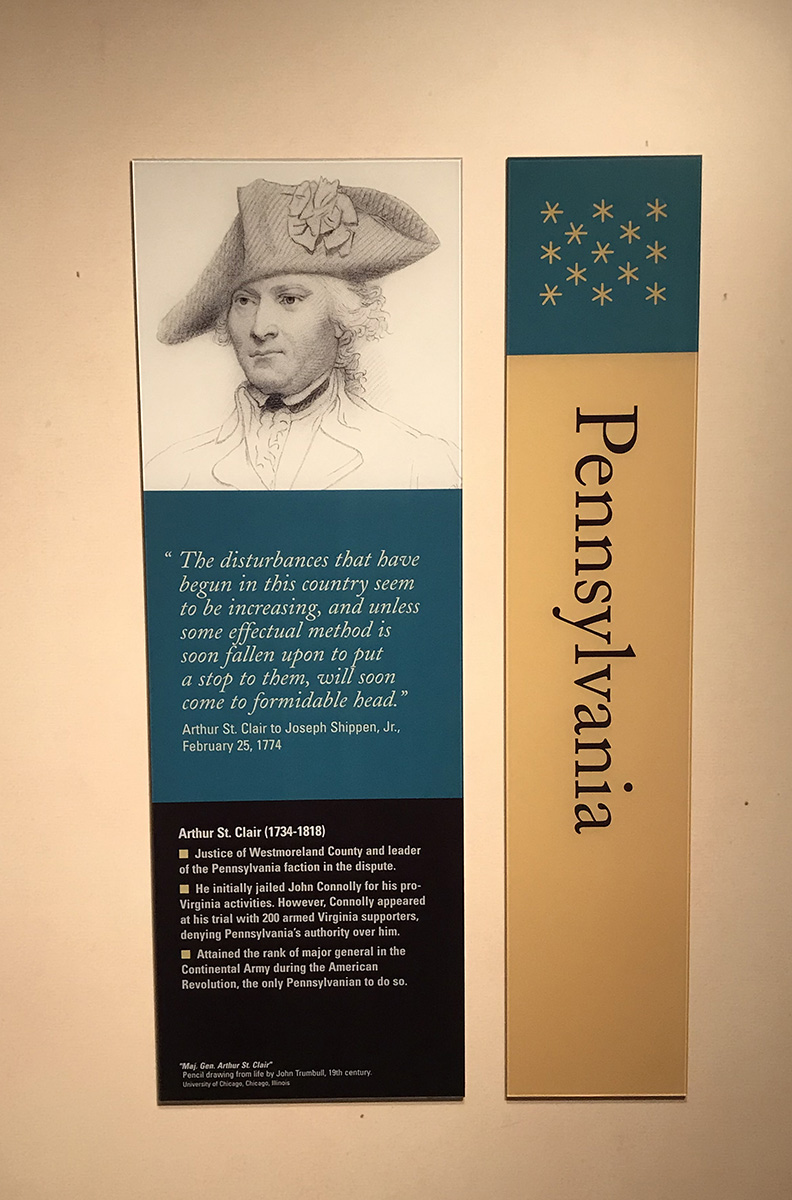What is Lord Dunmore’s War?
It’s the war everyone would know if there had not been an American Revolution.
Occurring at the same time as the Intolerable Acts and the First Continental Congress, Lord Dunmore’s War is an event thrown into obscurity. Lasting barely 10 months, the war centered around land disputes and ended with the further cession of American Indian lands.
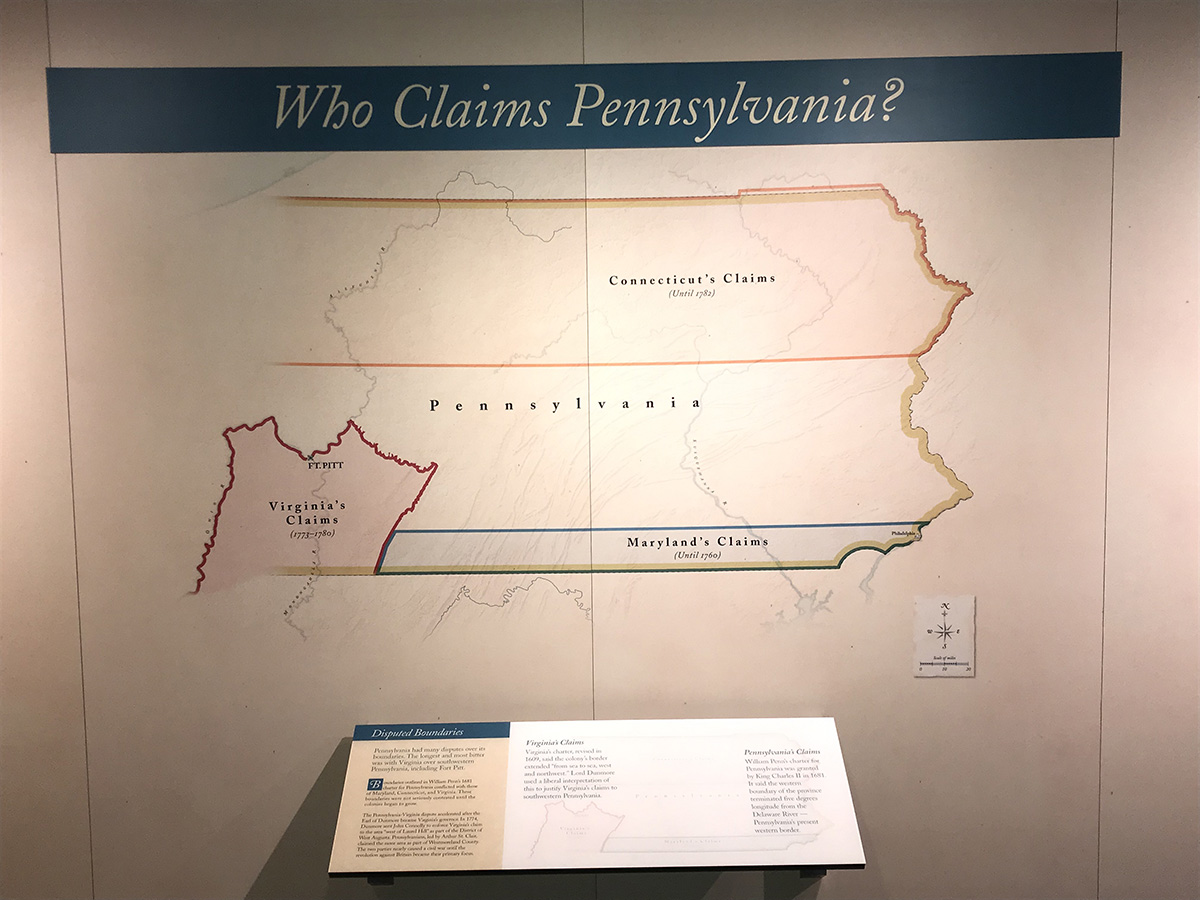 Five Things to Know about Lord Dunmore’s War
Five Things to Know about Lord Dunmore’s War
1. Two Border Wars
Lord Dunmore’s War began with two border disputes, one between American Indians and colonists and another between two separate colonies.
The first dispute traced back to the 1768 Treaty of Fort Stanwix in which the Iroquois Confederacy surrendered control of lands south of the Ohio River. However, the lands were not owned by the Confederacy and were still occupied by the Shawnee, Delaware, and Mingo. The Treaty of Fort Stanwix started an influx of British settlers, causing land disputes between American Indians and colonists.
In the second dispute, both Virginia and Pennsylvania claimed Pittsburgh and the land at the Forks of the Ohio River, as according to their original charters. However, most Pittsburghers identified as Virginians, and there was a history of Virginia both settling the area and coming to its rescue during times of conflict.
2. Fort Dunmore
Royal Governor of Virginia John Murray, Fourth Earl of Dunmore, commissioned Dr. John Connolly to seize control of Pittsburgh. In January 1774, Connolly occupied the abandoned Fort Pitt and renamed it Fort Dunmore. He also ordered the forming of a militia to enforce Virginia law. He was shortly thereafter arrested and jailed at Hannah’s Town, Westmoreland County. He was released until his trial in April, and when he returned with 200 militia men, he forcible seized control of Pittsburgh in accordance with Virginia’s charter and for the safety of the frontier.
At the same time as Connolly’s hostile takeover, fur traders returning from American Indian towns reported escalating hostility and warriors displaying scalps.
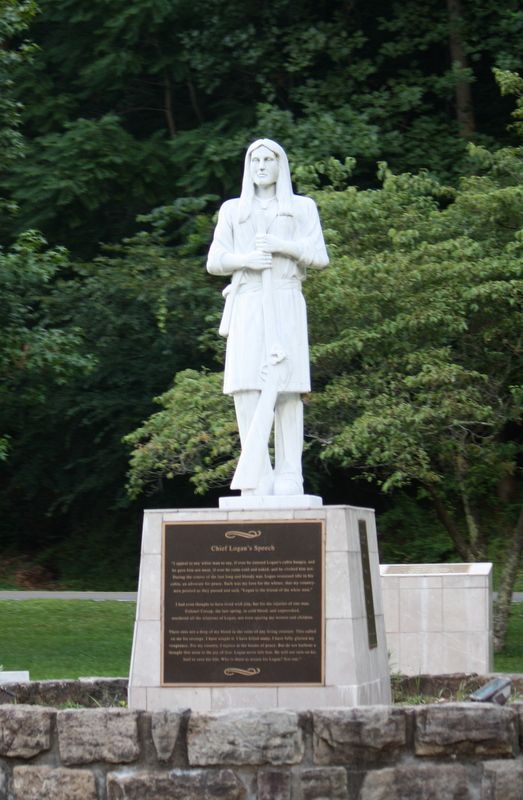
3. Yellow Creek Massacre
On April 30, 1774, in present day Hancock County, W.Va., a group of settlers murdered five Mingo Indians. Among those killed were members of Logan’s family. Logan, a Cayuga Indian leader, responded by raiding settlements on the frontier, causing settlers to abandon their homes. This escalated tensions and eventually led to the Battle of Point Pleasant. When peace was reached, Logan refused to attend. Instead, he sent a response, known as “Logan’s Lament.”
4. The Battle of Point Pleasant
The Battle of Point Pleasant, fought at present day Point Pleasant, W.Va., on Oct. 10, 1774, was the only major battle fought during Lord Dunmore’s War. Dunmore raised an army of 2,700 militia led by himself and Colonel Andrew Lewis. Dunmore and Lewis planned to cross the Ohio independently to surround, or flank, the Shawnee. Lewis crossed and made camp at the Fork of the Ohio and Kanawha Rivers at Point Pleasant.

Hoping to surprise Lewis, Shawnee Chief Cornstalk crossed the Ohio with 1,000 warriors nearby. Before a surprise attack could be launched by Cornstalk, a group of Virginians encountered a group of Shawnee, sparking a battle. At the same time, Dunmore positioned his men between the Shawnee towns and the retreating Cornstalk, forcing peace at Camp Charlotte in present day Chillicothe, Ohio. The resulting treaty ceded lands south of the Ohio River to the British.
5. Start of a Revolution
In April 1775, the spring following Dunmore’s victory, the first shots of the American Revolution were fired, and the patriot government of Virginia called militia to prepare for war. Dunmore was forced to move his seat of government to the British warship HMS Fowey off the coast of Yorktown, Va. There he attempted to secure the allegiance of the American Indians. At the same time, the new Continental Congress created its own department of Indian Affairs and signed its first treaty with an American Indian Nation, the Delaware, at Pittsburgh’s Fort Pitt in 1778.
Want to learn more about this forgotten colonial war?
To commemorate the 245th anniversary of Lord Dunmore’s War, the Fort Pitt Museum is hosting several speakers on Saturday, March 23 for a full day seminar that includes breakfast, lunch, and dinner for registered participants.
For more information on the event, please visit the event listing for a seminar schedule and information about featured speakers.
The following books on Dunmore’s War are also available at the Fort Pitt Museum shop:
“Dunmore’s New World: The Extraordinary Life of a Royal Governor in Revolutionary America – with Jacobites, Counterfeiters, Land Schemes, Shipwrecks, Scalping, Indian Politics, Runaway Slaves, and Two Illegal Royal Weddings,” James Corbett David*
*James Corbett David will be a visiting speaker on March 23
“Dunmore’s War: The Last Conflict of America’s Colonial Era,” Glenn F. Williams
“Year of the Hangman: George Washington’s Campaign Against the Iroquois,” Glenn F. Williams
Kathleen Lugarich is the education manager at the Fort Pitt Museum.


